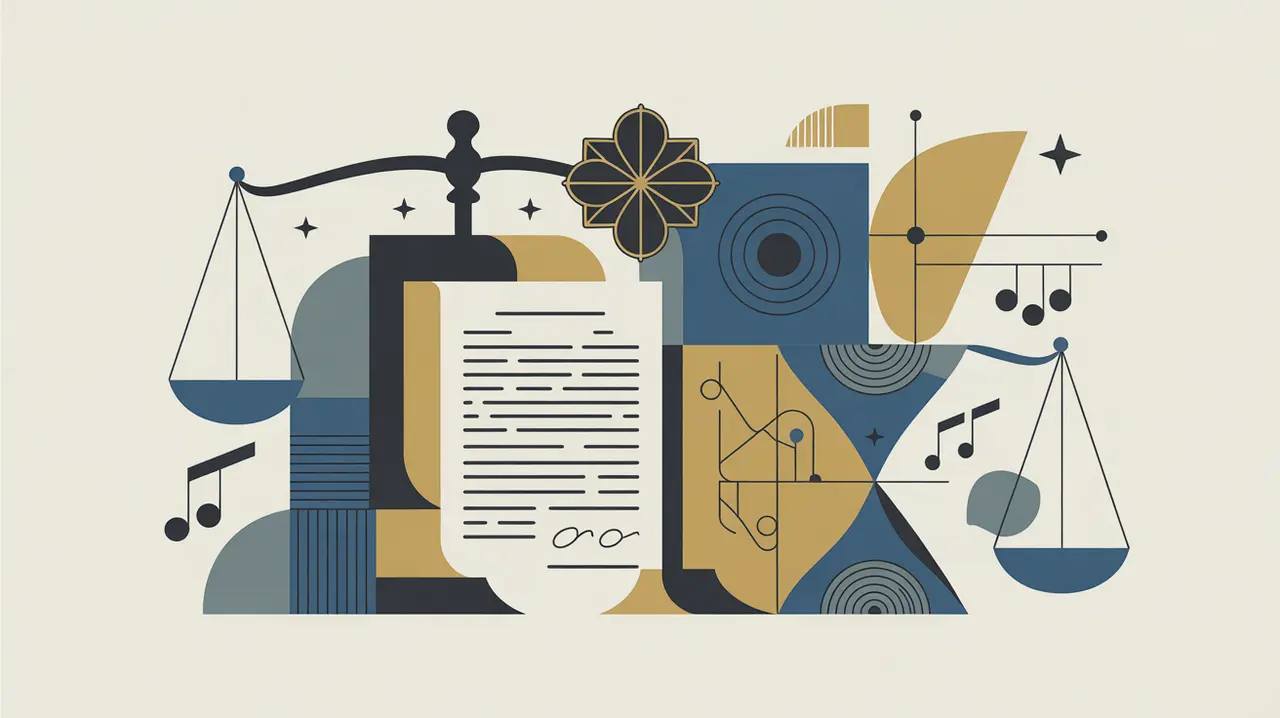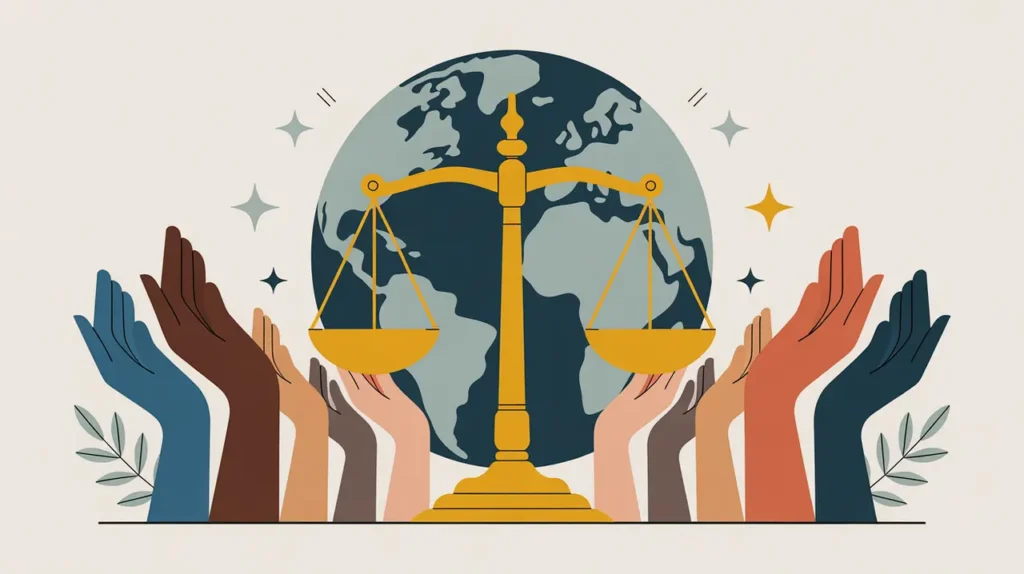Importance of Cultural Rights
Cultural rights are essential for ensuring that individuals and communities can freely practice, preserve, and develop their cultural identities. In international development, they uphold diversity and inclusion, allowing proximate actors to shape their own narratives and contribute to pluralistic societies. For nonprofits and social innovators, cultural rights are critical because they protect marginalized traditions, languages, and practices from erasure while affirming the agency of communities to define their own development pathways.
Definition and Features
Cultural rights refer to the entitlements of individuals and groups to access, participate in, and contribute to cultural life without discrimination. Their defining features include:
- Freedom of Expression: the right to practice and share cultural traditions.
- Language Rights: protection and promotion of minority and indigenous languages.
- Access and Participation: the ability to engage in cultural activities and benefit from cultural goods.
- Protection from Discrimination: ensuring equal respect for diverse cultural practices and identities.
How this Works in Practice
In practice, cultural rights are advanced through policies that protect indigenous knowledge, fund cultural institutions, and promote multilingual education. For example, governments may support bilingual schooling to preserve indigenous languages, or NGOs may campaign for the recognition of traditional land use as cultural practice. International frameworks such as the Universal Declaration of Human Rights and the International Covenant on Economic, Social and Cultural Rights provide legal grounding. Barriers include political repression, globalization-driven homogenization, and lack of resources for cultural preservation.
Implications for Social Innovation
Cultural rights carry significant implications for social innovation because they safeguard diversity as a resource for creativity and problem-solving. They ensure that development does not impose uniform models but instead draws from multiple cultural perspectives. For proximate actors, cultural rights affirm the legitimacy of their practices and values, strengthening participation in public life. Innovations such as community-based heritage programs, digital platforms for language preservation, and inclusive cultural policy design demonstrate how cultural rights can be actively promoted. By protecting cultural rights, social innovators help build societies that are equitable, resilient, and enriched by diversity.







